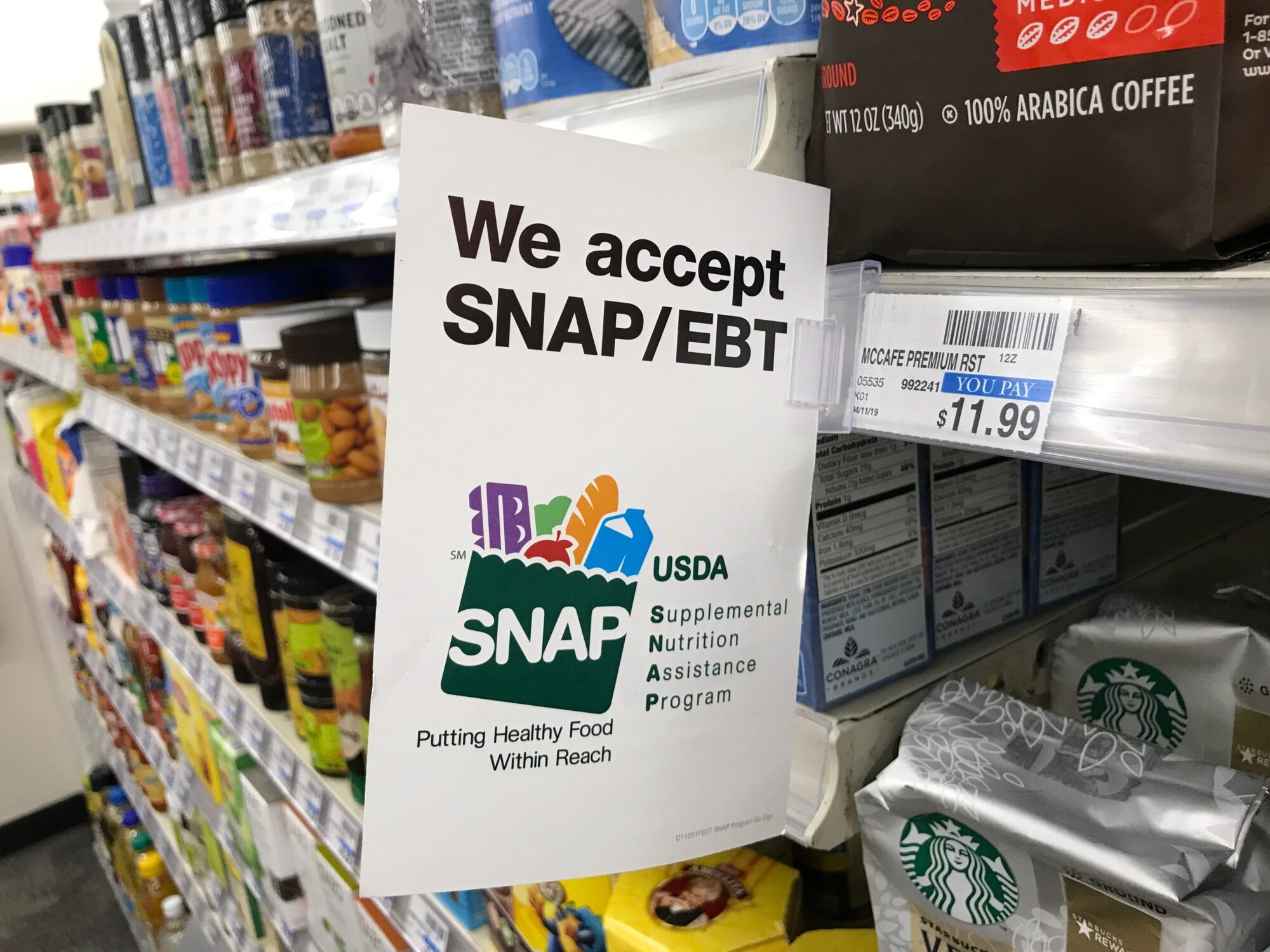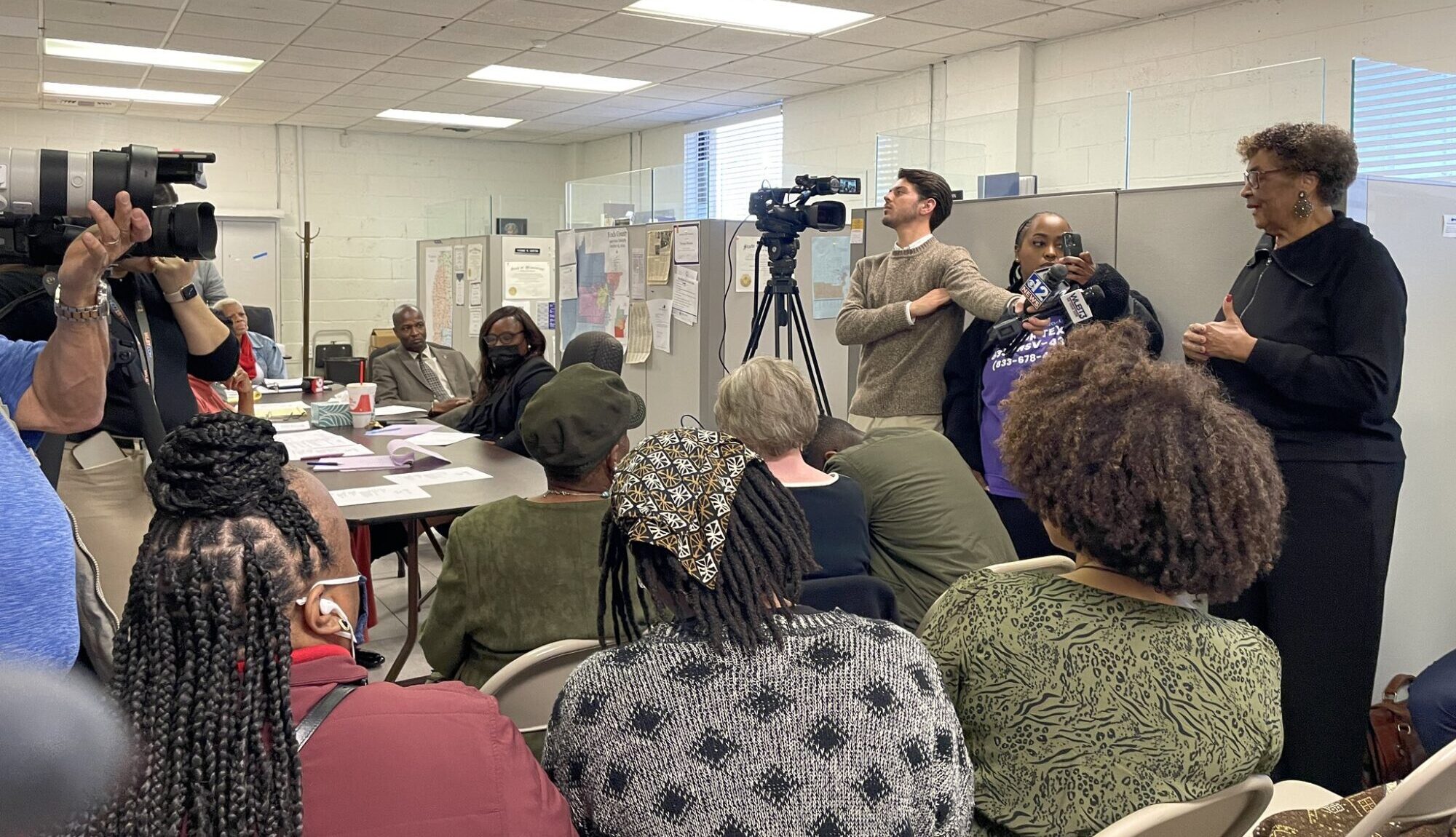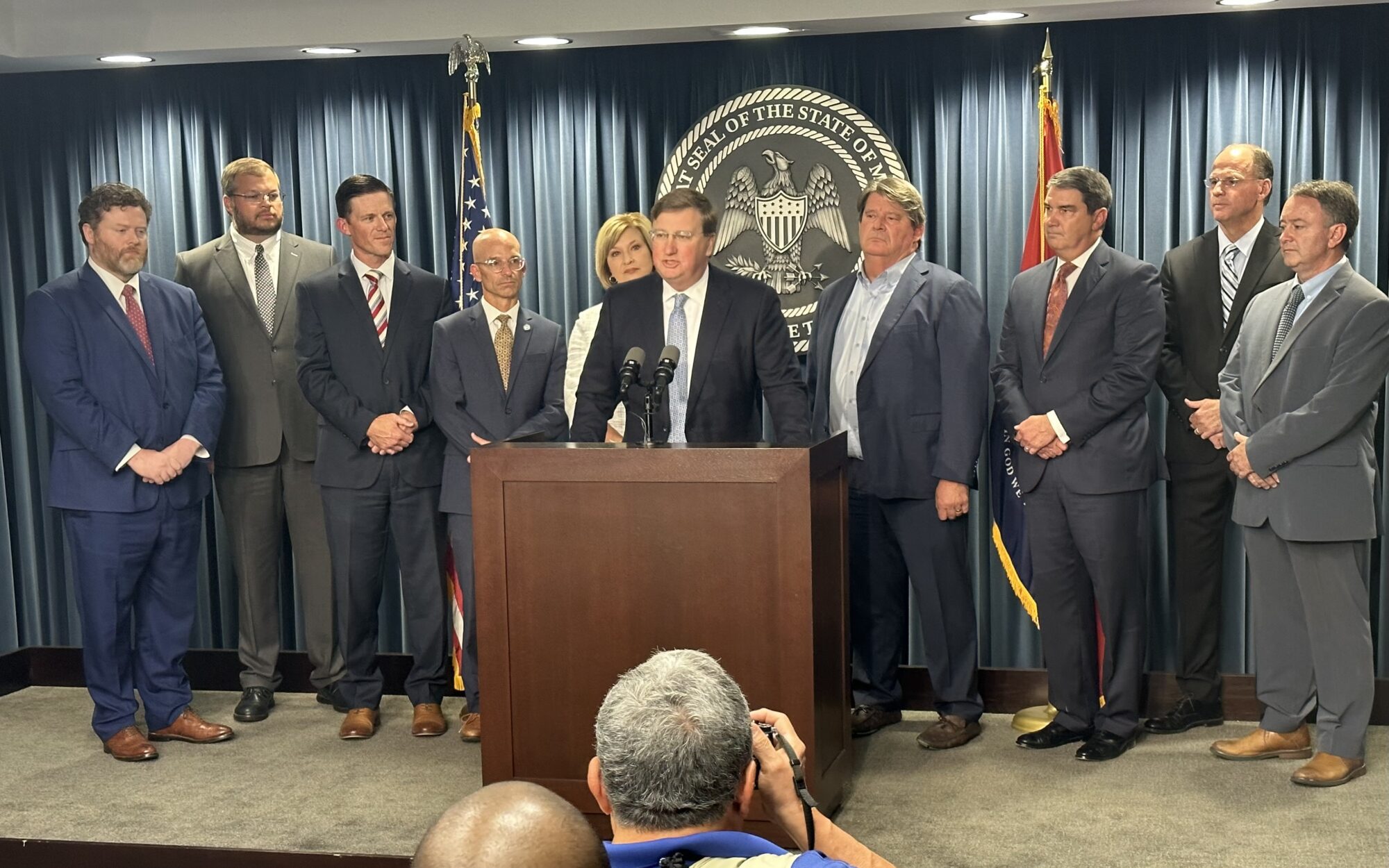
The Mississippi Department of Education says the local school districts would be responsible for establishing policies and procedures to prevent grade inflation as each districts sets its own grading policy.
A recent finding by the Joint Legislative Committee on Performance Evaluation and Expenditure Review, or PEER, found instances of grade inflation in the subjects of math and English in a large portion of third through eighth graders in Mississippi.
The findings came from a review of 30 of the state’s 144 school districts conducted by GlimpseK12 for the 2022-2023 school year.
Grade inflation occurs when students earn A’s or B’s in a subject but fail to earn a proficient score on assessment tests.
As noted by PEER, grade inflation negatively impacts students because high grades give the impression to students and parents that students have mastered the required content, although subsequent state evaluation exams do not demonstrate that mastery.
“Grade inflation contributes to a weak educational foundation that impairs the student’s performance in future grades and on future evaluation exams,” the report states.
According to the report, eighth grade student scores in English Language Arts within the reviewed school districts saw the highest rate of inflation at 40 percent. Grade inflation pertaining to math was greatest in fifth grade students at 37 percent. The report states that when grade inflation is more than 25 percent, the school district should conduct systematic grading practice reviews.
When reached for comment, Mississippi Department of Education’s public relations department issued the following statement to Magnolia Tribune:
Grade inflation negatively impacts students because it inaccurately implies mastery of content. Each school district sets its own grading policy, which is a local decision. The districts would be responsible for establishing policies and procedures to prevent grade inflation.
Emails requesting comments from the superintendents of four school districts that reported higher instances of inflation in third grade math – Noxubee, Wilkinson, North Panola and Moss Point – were not returned by press time.
Noxubee was found to have a third grade math inflation percentage of 88, while Wilkinson followed with 63 percent and North Panola at 57 percent. Moss Point tied with Wayne County School District at 49 percent. On the other side of the scale, Grenada School District reported an inflation rate of only three percent.
English Language Arts inflation rates for third grade students were highest in the North Panola School District, with 79 percent, followed by Noxubee with 65 percent and Moss Point with 63 percent.
Suggestions to prevent grade inflation from PEER include implementing an annual review process to examine the rigor and alignment levels of assignments and assessments in grades that demonstrate high levels of inflation. The report also suggested conducting a year over year analysis, determining which components of grade books are causing inflation and reviewing the items that are graded to determine if there are too many or not enough.
Mastery in math and English also saw declines in the 2022-2023 school year, according to the report. Mastery decline is noted when a student performs worse on a benchmark assessment at the beginning of a school year than they did at the end of the prior school year. The report states that such a decline can negatively affect a student’s confidence and performance, lead to higher dropout rates and reduce that student’s preparedness for entering college or the workforce.
About a third of all third through eighth grade students in the districts reviewed showed mastery decline in math and English. Factors cited in the report as contributing to mastery decline include absenteeism, summer break, ineffective instructional practices, ineffective means to identify when a student’s mastery declined, and ineffective mitigation practices.
The highest percentages of mastery decline were noted in eighth grade, where about 47 percent of students demonstrated a decline in math and 52 percent showed declines in English.
The school districts that showed the greatest levels of third grade math mastery decline were Holmes at 19 percent, North Panola at 16 percent and Madison at 11 percent of students. Those rates fluctuate with each grade level, peaking at 71 percent of fifth graders at Copiah School District to 61 percent of Holmes School District’s 8th grade students being affected.
To address the mastery decline noted in the report, PEER suggests designating a member of the school district to track, identify and address declines while also implementing tracking systems, conducting regular reviews, increasing parental engagement and performing an annual evaluation of strategies, among other possible actions.











